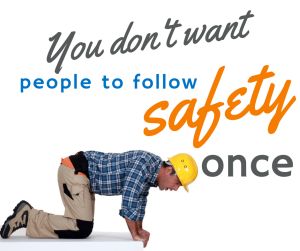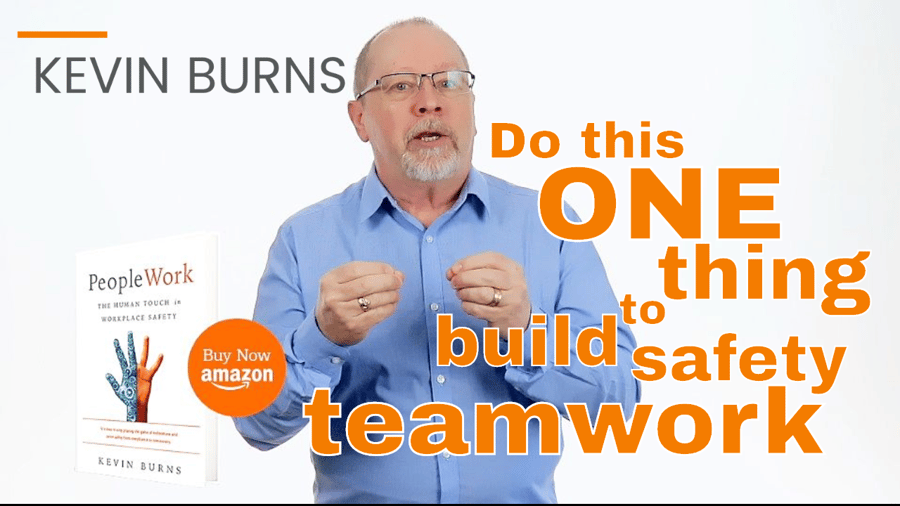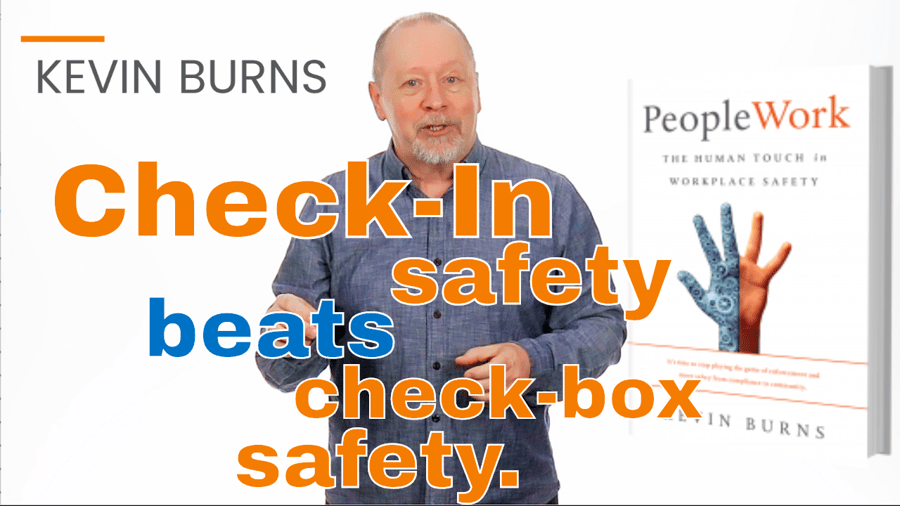
Perhaps your company was doing great from a safety performance standpoint and then suddenly, you had an incident. As a reaction, you double-down on safety process and procedure: have more meetings, enforce the rules more, have more inspections. You know, the usual suspects. Maybe even hire an outside safety speaker to turn up the volume on safety. Your immediate thinking might be that somehow the collective eye of the company was taken off safety for just a moment when it all went south. And now, you feel that you’ve got to get the focus back on safety. Since the problem seems to be safety, the thinking goes, then the solution must be more safety. But nothing could be further from the truth. Safety isn’t the problem. Your safety protocols work. Safety procedures have been tested and passed. Rules and regulations have been discussed with employees ad nauseum. You've never had a better safety program. It works exactly the way it is supposed to. Well then, complacency must have somehow infiltrated the safety program, you might be thinking. If you can fix the complacency, then you can fix the problems that create the incidents in safety. That’s the traditional, linear thinking. And if only it worked that way. But, that’s not entirely where the problem exists. Besides, safety complacency isn’t fixed from the safety side. It’s fixed from the engagement side. So now you are asking how you do that from your front-line position? Read on and watch the video below.











